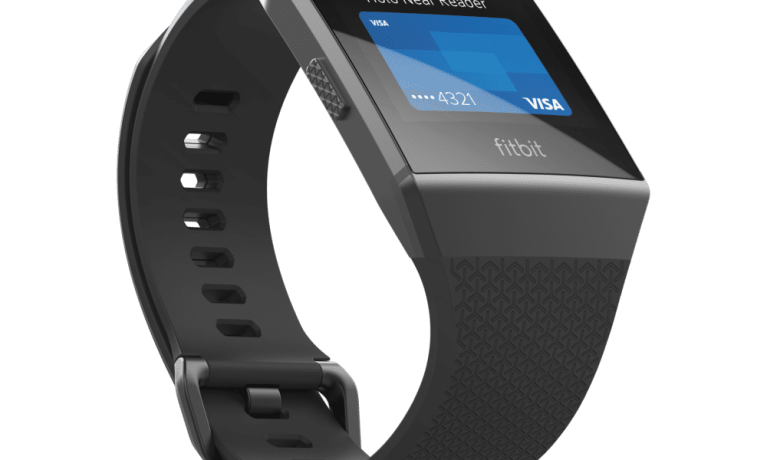Fitbit reportedly has cut its revenue forecast, one of the latest bits of news from the hot retail area of wearables. According to Reuters, Fitbit “cut its 2019 revenue forecast on Wednesday (July 31), blaming disappointing sales of its newly launched cheapest smartwatch Versa Lite, sending its shares tumbling as much as 16 percent to a record low.”
Fitbit’s loss is other companies’ gain. “The company had moved into the smartwatch market to cushion the hit from slowing growth of its popular colorful fitness trackers, but has faced tough competition from deeper-pocket companies such as Apple Inc and Samsung Electronics,” the report stated. “Fitbit lowered its 2019 revenue forecast to between $1.43 billion and $1.48 billion, compared with its prior expectations of $1.52 billion to $1.58 billion.”
Versa Lite
The main problem is Versa Lite, which launched in March, and is “priced at $160, compared with the $200 the full version sells for. The watch, which can track workouts and heart rate, lack features such as the ability to store music directly,” the report said.
Even so, wearables remain a growth area for retailers, in large part because of consumers’ desire to better track their fitness and health — and insurance company interest in using those products to help set rates and perhaps even reduce use of health insurance via better fitness by consumers. But there are other retail factors at play as well.
In fact, shipments of wearables like Apple’s AirPods and Samsung headphones reached 49.6 million units during Q1 of 2019, a 55.2 percent increase from 2018, according to the International Data Corporation (IDC). Most of the market is led by wrist-worn wearables, at 63.2 percent of market share, but ear devices are growing at a rapid pace (135.1 percent year over year) and they account for 34.6 percent of all shipped wearables.
Advertisement: Scroll to Continue
Smart Assistants
“The elimination of headphone jacks and the increased usage of smart assistants both inside and outside the home have been driving factors in the growth of ear-worn wearables,” said Jitesh Ubrani, research manager for IDC Mobile Device Trackers. “Looking ahead, this will become an increasingly important category as major platform and device makers use ear-worn devices as an on-ramp to entice consumers into an ecosystem of wearable devices that complement the smartphone but also offer the ability to leave the phone behind when necessary.”
Ramon Llamas, the research director for IDC’s wearables division, said wristwear is the hot item lately.
“Shipments of wristwear — including watches and wristbands — grew 31.6 percent year over year, and continue to dominate the wearables landscape,” Llamas said. “While the functionalities and capabilities have grown and changed, the one common thread is the relentless focus on health and fitness. This has resonated strongly with users and health insurance companies alike, and new health and fitness insights attract a larger audience.”
Apple sells the most wearables with healthy sales of its three products: the Apple Watch, Beats headphones and AirPods. Apple has captured more revenue with its watches by increasing the average selling price (ASP) from $426 in Q1 of 2018 to $455 this quarter.
Another communications company, Huawei, ended Q1 with growth of 282.2 percent, and it often bundles wearables with its smartphones. The Fitbit has also proved popular, and the recent release of a Versa Lite model had appeared at first to help sales, although at a lower ASP.
But the wearable trend will continue, even with this Fitbit revenue revision, as more consumers embrace the products for a variety of uses.




